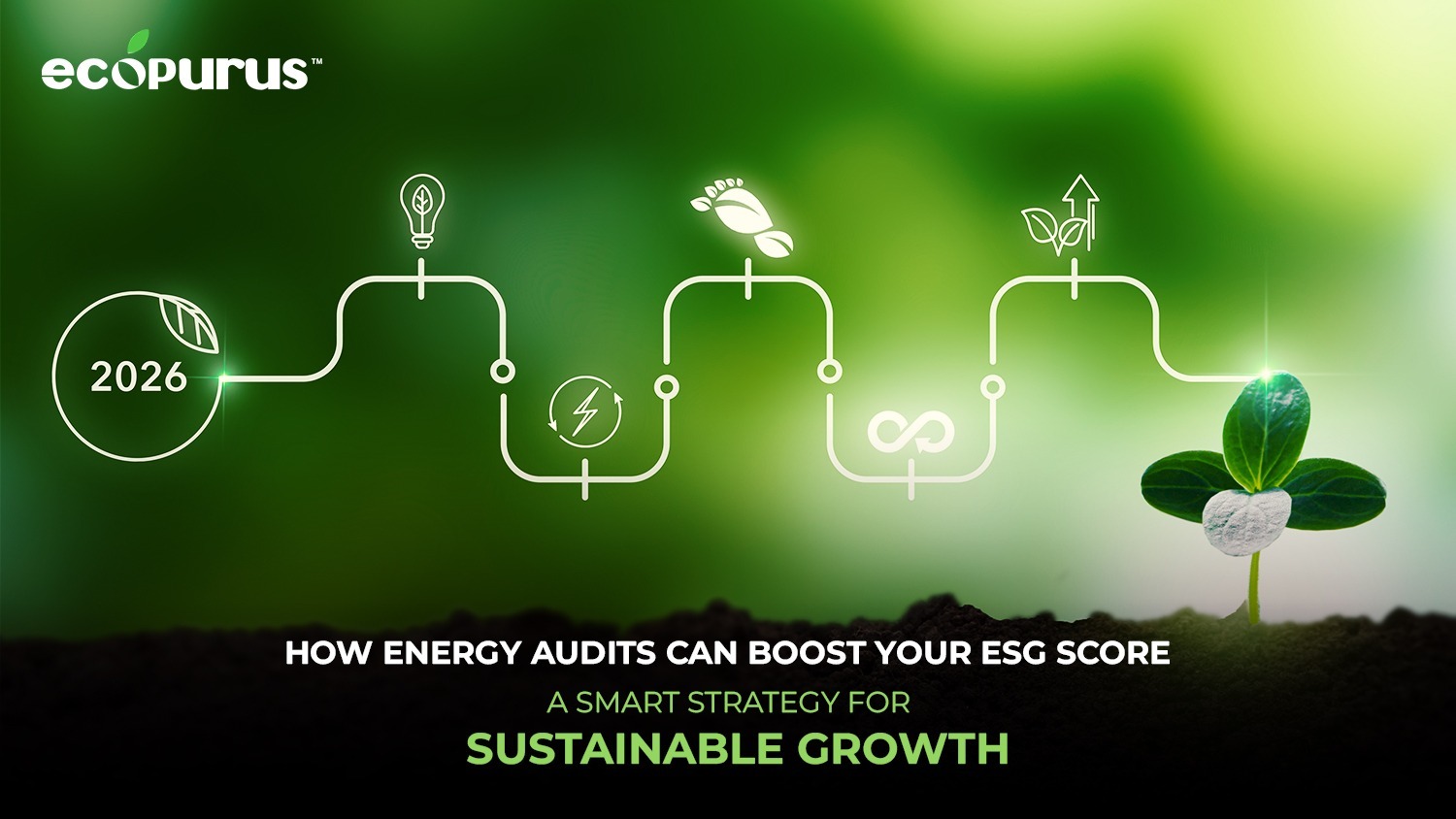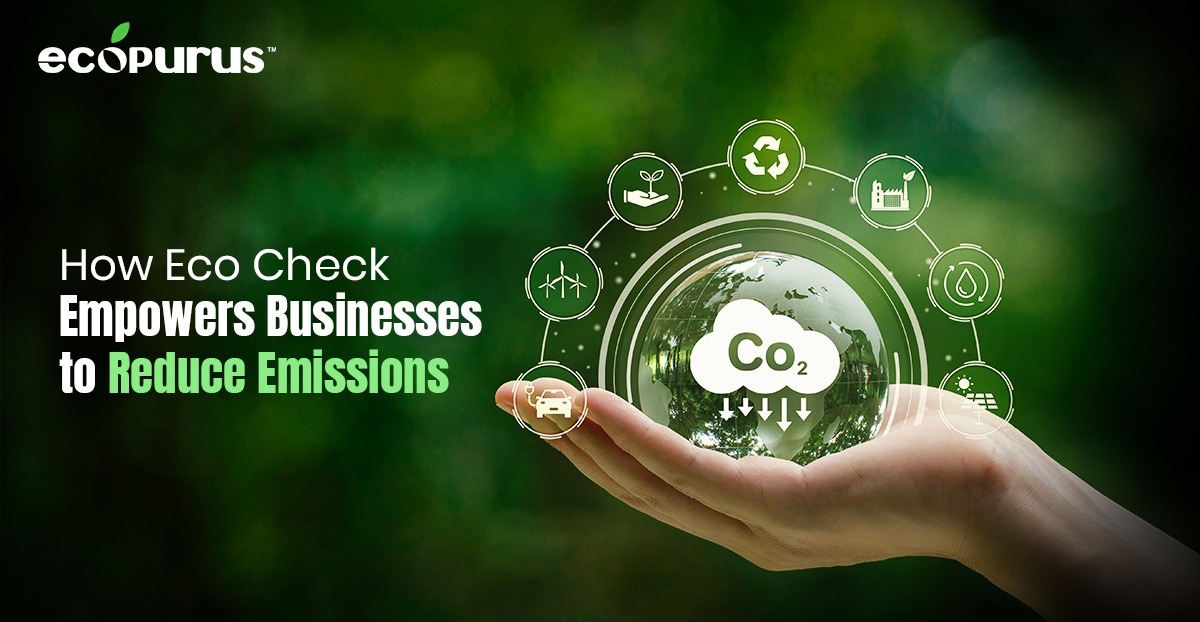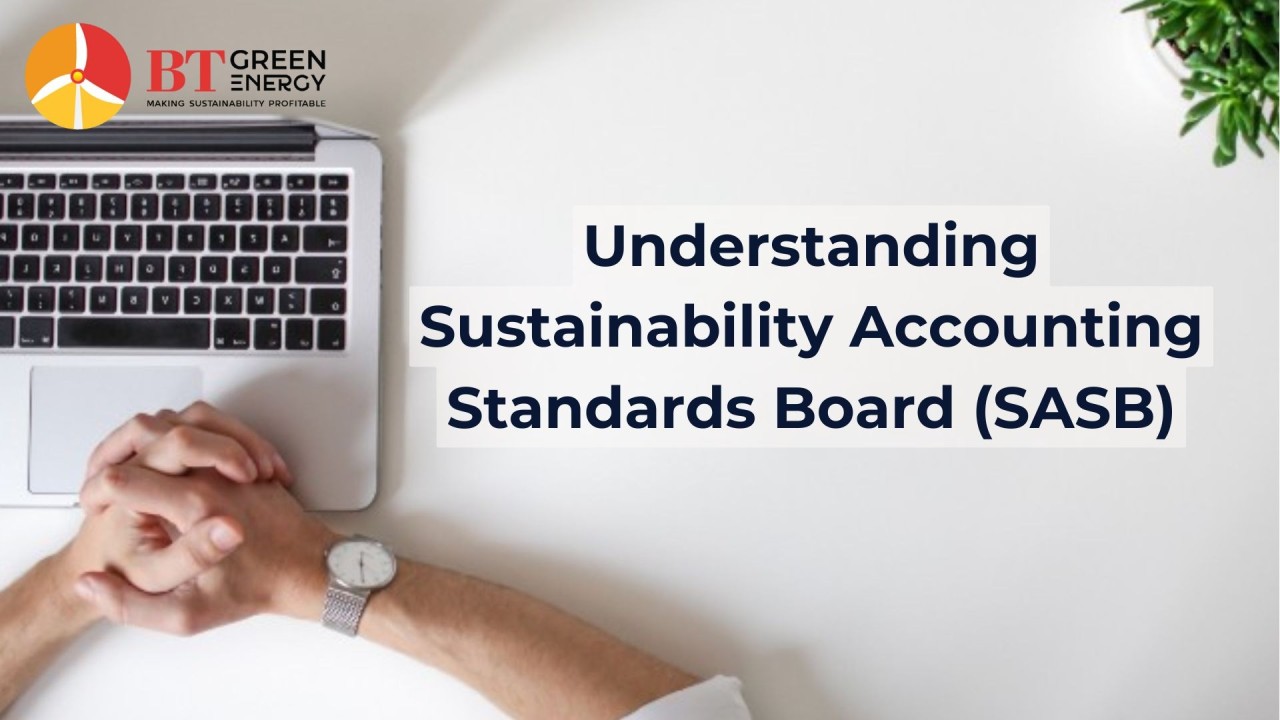
Carbon Offsets
As businesses in India strive to minimize their environmental impact, carbon offsetting has emerged as a crucial strategy for achieving sustainability goals. This guide explores the concept of carbon offsets, their benefits, implementation strategies, and how corporates in India can leverage them effectively. It provides a comprehensive understanding, actionable insights, and data to help companies make informed decisions.
Carbon offsets are reductions in greenhouse gas (GHG) emissions used to compensate for emissions occurring elsewhere. One carbon offset equals one metric ton of carbon dioxide (CO2) or its equivalent in other GHGs. This concept allows companies to balance out their emissions by supporting projects that reduce or capture emissions elsewhere.
How Carbon Offsets Work
Emission Reduction Projects
Renewable Energy Projects: Wind, solar, and hydro projects replace fossil fuels, generating clean energy. To adopt renewable energy, you may mail us at contact@btgreenenergy.com and set up a free consultation call.
Forestry Projects: Reforestation, afforestation, and forest conservation projects absorb CO2 from the atmosphere. India’s Green India Mission aims to restore 5 million hectares of degraded forest land, significantly contributing to carbon sequestration.
Methane Capture: Projects that capture methane from landfills and agricultural operations prevent potent GHGs from reaching the atmosphere. Methane capture projects are particularly relevant in states like Maharashtra, where waste management issues are prominent.
Certification
Third-party Verification: Offsets are certified by organizations like the Verified Carbon Standard (VCS) or the Gold Standard to ensure emission reductions are real, measurable, and permanent.
Purchase and Trading
Carbon Markets: Companies can purchase offsets from carbon markets to neutralize their emissions. These markets operate on principles similar to financial markets, where carbon credits are bought and sold.
Benefits of Carbon Offsetting
Regulatory Compliance
Mandatory Emission Reductions: In jurisdictions with carbon pricing or cap-and-trade systems, offsetting helps companies meet regulatory requirements. India is actively working on implementing a carbon trading market under the National Action Plan on Climate Change (NAPCC).
Corporate Social Responsibility (CSR)
Enhancing Reputation: Demonstrating a commitment to sustainability improves corporate reputation, attracting customers, investors, and talent. According to a report by the Confederation of Indian Industry (CII), companies with strong CSR policies, including carbon offsetting, are more likely to attract investment and customer loyalty.
Financial Incentives
Cost Savings: Offsetting can be more cost-effective than reducing emissions directly, particularly for hard-to-abate sectors. For instance, companies in the steel and cement industries, which are significant emitters, can achieve cost-effective compliance through offsets.
Market Participation: Companies can generate revenue by selling carbon credits from their own reduction projects.
Environmental Impact
Global GHG Reduction: Contributing to projects that reduce emissions helps combat climate change on a global scale.
Implementing Carbon Offsets: A Step-by-Step Guide
1. Measure Your Carbon Footprint
The first step in any carbon offsetting strategy is to measure your current carbon footprint accurately.
Scope 1 Emissions: Direct emissions from owned or controlled sources (e.g., company vehicles, on-site fuel combustion).
Scope 2 Emissions: Indirect emissions from the generation of purchased electricity, steam, heating, and cooling.
Scope 3 Emissions: All other indirect emissions that occur in the value chain (e.g., business travel, waste disposal).
Standards:
GHG Protocol: Provides comprehensive guidelines for measuring and managing GHG emissions. Widely used by companies worldwide.
ISO 14064: An international standard for quantifying and reporting GHG emissions and removals.
2. Set Reduction Targets
Before purchasing offsets, companies should set ambitious yet achievable reduction targets.
Considerations
Science-Based Targets: Align targets with the latest climate science to ensure they contribute to limiting global warming to well below 2°C above pre-industrial levels.
Industry Benchmarks: Use industry standards and benchmarks to set realistic goals. The Science Based Targets initiative (SBTi) provides specific targets for different sectors.
3. Develop an Emission Reduction Strategy
Focus on reducing emissions internally through efficiency improvements and renewable energy adoption before resorting to offsets.
Energy Efficiency: Implement energy-saving measures across operations, such as upgrading to energy-efficient lighting and HVAC systems.
Renewable Energy: Transition to renewable energy sources like solar and wind to reduce reliance on fossil fuels.
Operational Changes: Optimize logistics, manufacturing processes, and supply chain management to reduce emissions.
4. Select Quality Carbon Offsets
When it’s time to purchase offsets, quality is paramount.
Criteria for Quality Offsets
Real: Actual reduction in GHG emissions.
Additional: Emissions reductions that would not have occurred without the project.
Verified: Regular third-party verification ensures ongoing compliance and accuracy.
Permanent: Emissions reductions are not reversible.
Transparent: Clear reporting and documentation of project details and impacts.
5. Integrate Offsetting into Business Strategy
Carbon offsetting should be integrated into the broader business strategy to ensure consistency and alignment with corporate goals.
Steps to Integrate
Stakeholder Engagement: Communicate your offsetting strategy to stakeholders, including employees, customers, and investors. Transparency is key to maintaining trust and credibility.
Transparency: Regularly report on your offsetting efforts and outcomes through sustainability reports and public disclosures.
Continuous Improvement: Periodically review and adjust your offsetting strategy to enhance effectiveness and address new challenges. This might include increasing the proportion of internal reductions versus purchased offsets.
Challenges and Considerations
While carbon offsetting offers numerous benefits, corporates should be aware of potential challenges:
Verification and Certification: Ensuring offsets are verified by reputable third parties to avoid fraudulent claims. Reputable certifiers include the Verified Carbon Standard (VCS) and the Gold Standard.
Cost: Offsetting can be costly, especially for large emitters. It is essential to balance offsetting with internal reduction efforts to achieve cost-effectiveness.
Reputation Risks: Mismanagement or miscommunication of offsetting efforts can lead to accusations of “greenwashing.” Ensure that offsetting is part of a broader, credible sustainability strategy.
Conclusion
Carbon offsetting is a powerful tool for corporates aiming to enhance their sustainability efforts and contribute to global climate action. By measuring emissions accurately, setting ambitious reduction targets, implementing robust internal strategies, and selecting high-quality offsets, companies in India can achieve significant environmental and financial benefits.
Post a comment Cancel reply
Related Posts
How Energy Audits Can Boost Your ESG Score: A Smart Strategy for Sustainable Growth
How Energy Audits Can Boost Your ESG Score: A Smart Strategy for Sustainable Growth In…
How Eco Check Empowers Businesses To Reduce Emissions
How Eco Check Empowers Businesses To Reduce Emissions In today’s business landscape, climate responsibility is…
New SEBI ESG Debt Guidelines Raise the Bar—But Do Mid-Sized Companies Have a Ladder?
New SEBI ESG Debt Guidelines Raise the Bar—But Do Mid-Sized Companies Have a Ladder? SEBI’s…
Ecopurus Certification: Why It Matters And How To Achieve It
As people talk more about climate change and protecting the environment, businesses are expected to…











